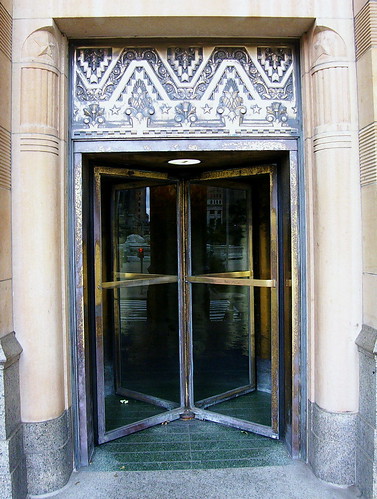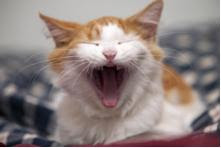Do you 'Osu!' in your dojo? Generally speaking, we do not 'Osu!' in ours except for one of our experienced black belts who regularly osus! I find it quite alarming (and intriguing) to hear him shout 'Osu!' up to 10 or 15 times a session. He osus when he bows announces a kata, starts a technique or whenever the instructor asks or tells him something. I presume his use of this word is related to his karate 'upbringing' over 30 years ago.
So what is this 'Osu!' thing all about? I decided to do some research:
First, let’s just say the correct pronunciation is 'oh-sss' rather than 'oo-sss', which is a common mispronunciation in the West.
Osu is a Japanese greeting word (aisatsu). It is a contraction of other greeting words such as Ohayossu or ohayoosu, Ohayo or even just Oh. The more contracted the word the less formal the greeting. It's a bit like going from 'Good Morning', to 'Hello' to 'Hi' depending on the context and company you are in.
In general parlance in Japan 'Osu' is a very 'rough' male greeting between friends in an athletic setting. It is a very male word - an expression of masculinity, something men may greet each other with in a football or baseball club. It is generally only used by children and 'macho' or rough men! In Japan, a woman would never use such an impolite word and a man would be considered rude to use it to greet a woman.
So why do we use it in martial arts?
It is a word mainly used in karate clubs, though some judo and taekwondo clubs have been known to use it too (possibly because the instructor has a karate background). It is not an Okinawan word so Okinawan styles of karate generally don't use it. The origin of the word is not entirely clear but it is thought that the use of “Osu!” first appeared in the Officers Academy of the Imperial Japanese Navy, in the early 20th century and later became common with karate students. This helped establish the rough masculine nature of the word.
What is its purpose in the dojo?
In some dojo's 'osuing' is a standard part of the dojo etiquette and all students are expected to use it, whereas in other dojo's it is actively discouraged because it is not considered very polite, preferring more polite expressions such as “Onegaishimasu.”!
However, if you consider another translation of the word, which is also a contraction of the two kanji symbols used to write the term “Oshi Shinobu” it means "to persevere while pushing oneself to the absolute limit.” The strength of character that develops from hard training is known as “osu no seishin” (the spirit of “Osu!”). It implies a willingness to push oneself to the limits of endurance, to persevere under any kind of pressure. This is the context in which it is being used in the dojo.
The word 'Osu!' has many purposes in the dojo. It can be used to greet fellow students instead of saying hello (at least among the men); to respond to a question or instruction instead of saying yes; if your instructor thinks you are weak or injured you can reply 'osu' to reaffirm that despite your weakness/injury you are willing to still try your best; you can say it to remind yourself that despite the pain you need to carry on i.e. show your 'warrior spirit' or you can use it to acknowledge your opponents skill at a technique or in a tournament. It seems like a very flexible and versatile word!
And finally! Some general 'Osu!' etiquette:
- "Osu!" is primarily a greeting.
- You use it toward other people, not toward an empty room when you bow onto the mat or before you perform a kata.
- You cannot really use it for "goodbye."
- It is never a question and does not mean "I understand."
So do you 'Osu!' in your dojo?
Click here if you want to read a comprehensive article on the use of 'Osu'.
Sue is the Blog-Editor-In-Chief for Martial News. You can contact her at sue.wharton@martialnews.co.uk
Sue also writes a personal blog called My Journey to Black Belt



